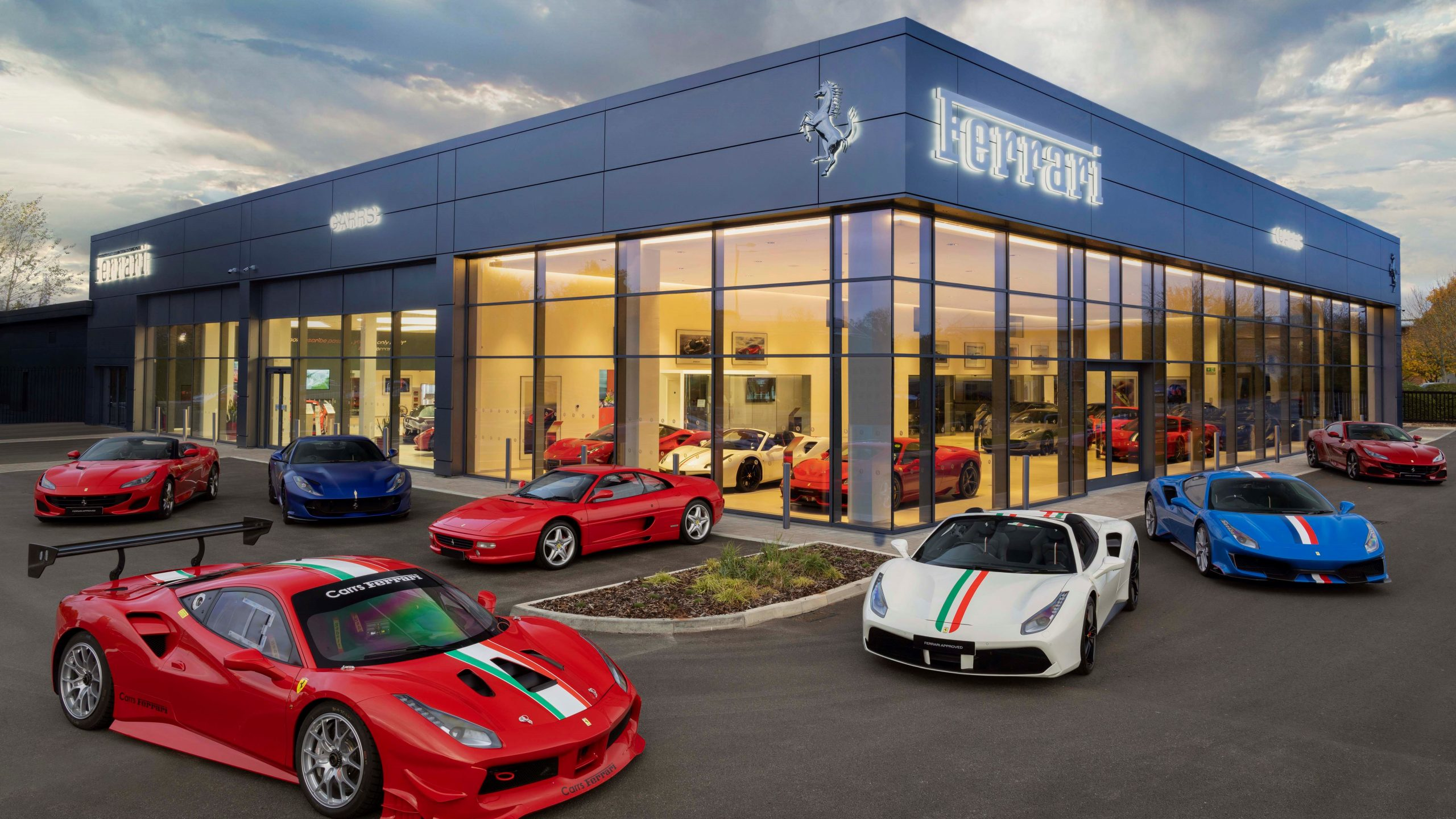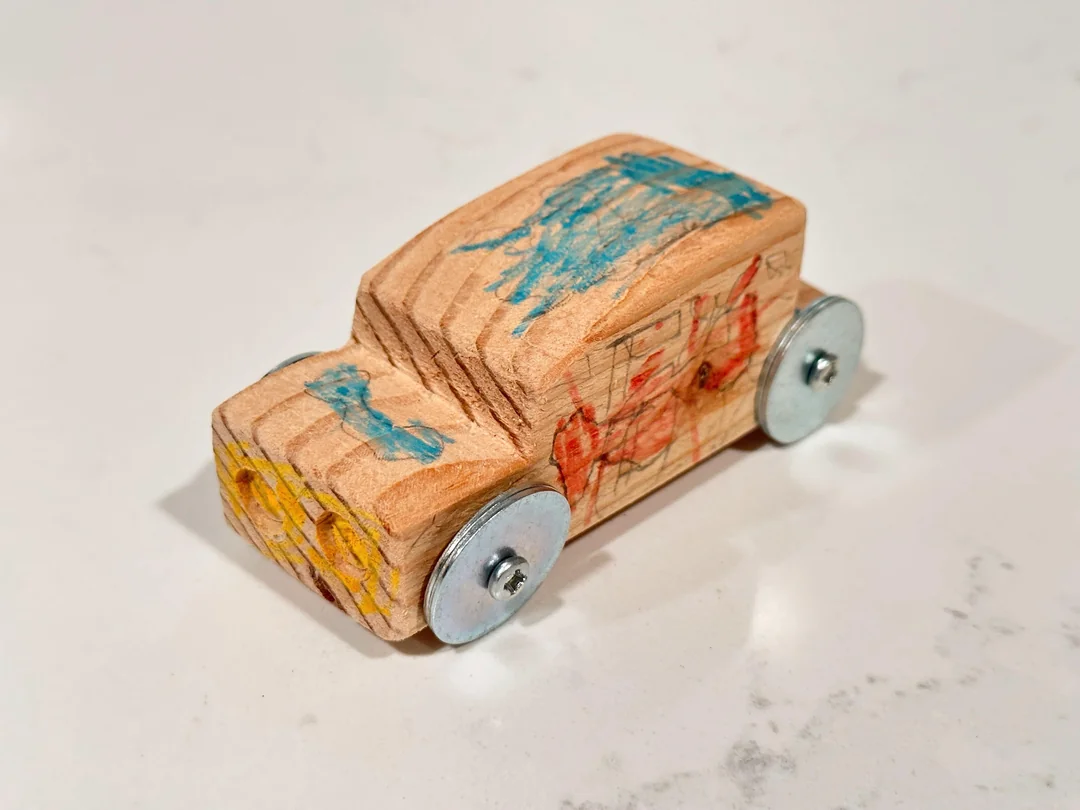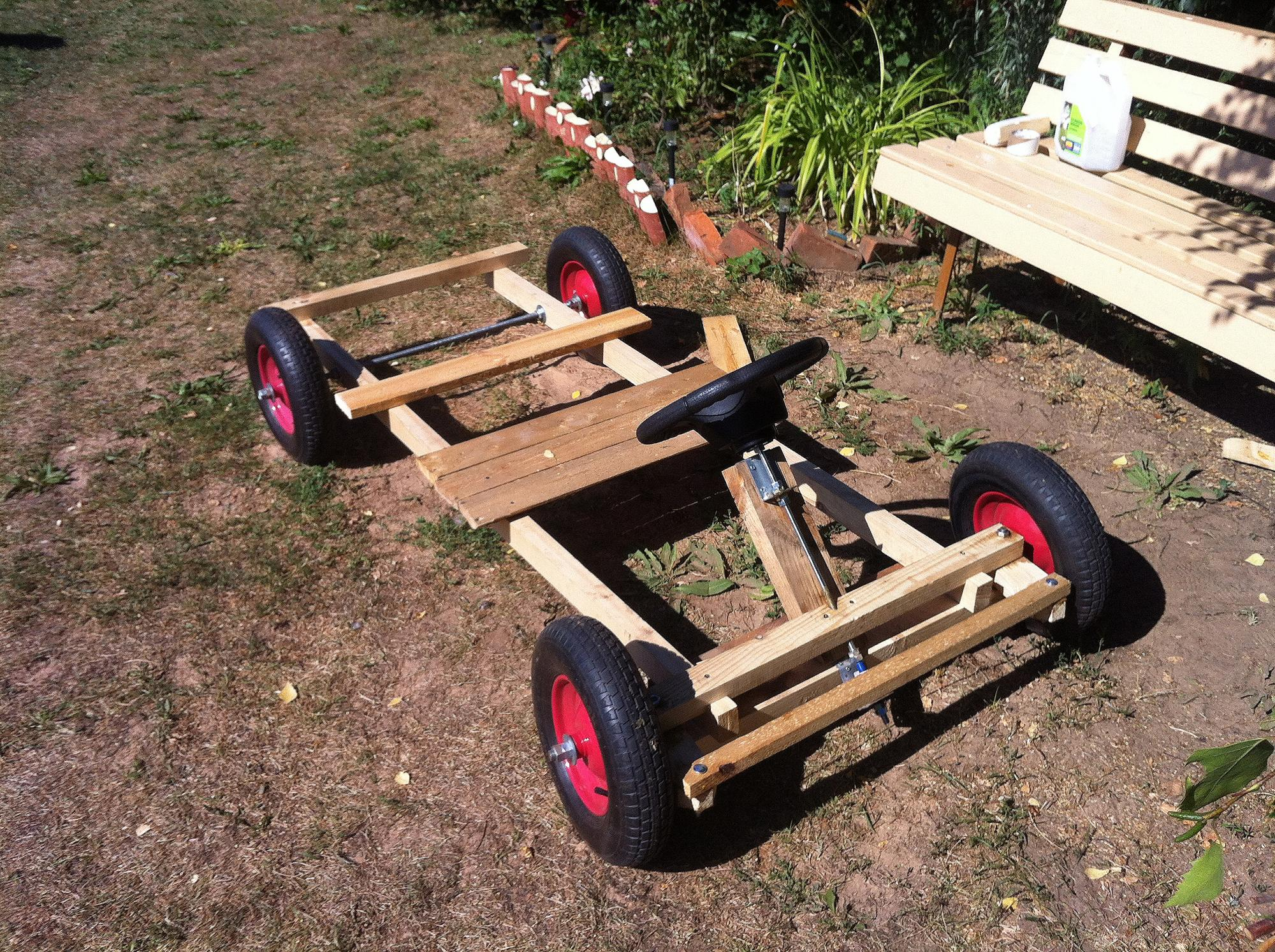- Well, we should define what each of use mean by unit cycling. I mean how quick a unit beated hard enough it's not able to fight any more and retreats whatever orders are can be restored to (near) initial combat capabilities.
It's not very common to see total anhilation of units, simply because the most of any unit consists of non-frontline units.
Even something as small as a WW2 infantry battalion usually has no more than 30% of its total manpower as actual combat troops. So many of these guys never get to the actual frontline.
Losing 10% in this case, is the same as losing 33% of your actual combat force. And many of those losses don't have to be in wounded or dead, many could be simply "MIA".
For example, it took 547 casualties (134 KIA & MIA) to force the 4th Panzer Division to abort its attack and be estimated to require 24 hours to reorganize by Corps Command (not divisional command, the superiors of the division!) (Battle of Gembloux 15 May, 1940).
Furthermore, it is quite customary for units to be "demoralized" even after minimal losses, especially when training is lacking.
You saw both in early WW1, where you can find numerous examples of highly-trained prewar soldiers either fight to the end (Gumbinnen 1914) or on the opposite, easily panic and withdraw (Bischofsburg 1914).
Generally speaking you need to destroy 10-30% of the enemy to demoralize from my understanding.
My understanding is yes, I would likely need to dive extremely deep for that.
- RL
- In a war of national survival like WWII was people are fight to near death in most cases. Until further prolonging combat would mean extreme losses for a tiny if any further damage to the enemy. So what drives unit retreat (where retreat and not surrender is possible) is a loss of manpower, war materiel and lack of supply.
Not really. It's usually that you lose a fraction of your equipment, you get demoralized, withdraw. You hardly ever see 10,000 or even 5000 men from a single division "last stand and die".
If anything, that's a situation when cooks, batmen and clerks grab guns and fight, aka very unusual and a complete catastrophe.
- Subject to TOE a mot/mech/armour div needs close to a thousand or few thousands tons of supply per day for intense fighting. Unless a division is located next to a forward Petroleum-Oil-Lubricants and likes storage facility (undiscovered and not destroyed by enemy which is a big if) it normally has no more than a day or two supplies stores of its won.
I believe that's a big exaggeration. A German tank company needs 40 tons of supplies per day from what I recall. 9 companies*40 = 360 tons for tanks alone.
Overall I would go around 600-800 tons of the top of my head.
And that's at peak combat situations, normally (when simply manning the frontline) it's way less.
- If you switch to a severe austere mode you can extend this to few more days but no more. And that's if you're in defense against a secondary prong of attack of your opposition. If you're on the main direction you'd hardly be able even to delay substantially. If you don't deal significant damage you don't delay, you're a cannon fodder for attacker.
- So IRL a unit cannot fight without a significant connection to supply network. It quickly turns into self-survival stragglers that have little impact on a wider picture.
Troops normally carry supplies for 3 days in combat units, and there's also battalion, regimental, divisional stores.
- A RL unit on hasty retreat loses MOST of its war material and suffers a lot of casualties. So a unit cannot be reorged quickly.
This is a complicated issue to which I don't have a decisive answer to.
In North Africa: 100% yes simply because troops attrition way more on the retreat.
In Europe, I don't really have the statistics gathered.
It also heavily depends on what pieces of equipment we're talking about: rifles were usually carried, artillery (due to being a few km/miles away from the frontline) would usually be pulled out, tanks would frequently be immobilized and lost on the retreat. It also would depend how far the retreat takes place.
Usually stuff like machine guns, broken down tanks & AT guns get abandoned, as they're heavy/require towing and are deployed close to the frontline. But HOI4 doesn't really distinguish them from stuff deeper in the lines.
- HOI4 -- the main driver for unit retreat in HOI4 is "Harry Potter-ish" metric of organisation and the loss of it. So really destroying a unit takes a day or two at best whereas retreating has no @extra price" and after retreat a unit recovers fighting strength within a mere day or two.
That is indeed an issue.
The bigger problem is that organization has no relation to how much equipment a unit has. A bunch of Kuomingtang men with Dadao swords have the same org as a Wehrmacht battalion with mortars, machine guns and SMGs.
That kind of creates issues for advanced infantry equipment representation. Giving your boys automatic rifles gives them a lot more staying power (or at least delays enemy attacks), but you can't represent that in HOI4 using the stats available.
- Consequences: HOI4 combat is no different from completely made-up combat of mana, wizardry and magic wands. IRL whatever a country's industrial base is a unit disobeying orders and retreating due to inability to fight has LONG reaching consequences on country's war materiel stores -- "Quintili Vare, legiones redde!". In HOI4 pushing a division to retreat buys you a day or two before it MAGICALLY restored to nearly original fighting power.
The problem is likely to lie in the severe mismatch between war material losses, reparable losses and casualties.
The 4th Panzer division at Gembloux 1940 lost 500 men KIA, MIA, Wounded ( a very small number of manpower), and 45-50% of its tanks. How many of them were repaired and restored back to fighting condition in days, would be interesting to know.
- Combat implications:
- Encirclements:
- RL: Creating a fully encirled pocket conrolling even a large territory is a dream of every high-level commader. People psychologically needs fairness so they would distribute supplies evenly and become unfit for combat en masse.
- HOI4: one should not encirle too many divs in say mountains as it'll tie up a lot of your divs and take forever to clear it up. One better let them ESCAPE the pocket to deny them org-cycling.
- Capital supply hub and dIsconnect between industial base and military units:
- RL: arty guys don't shoot stones by burning grass so for them to function one needs to have an industrial base AND connection to the consuming units.
- HOI4: if country's capital is not the industrial heart of the country then severing this connection leads to nothing. Shells and bullets are magically transported from a fully encirled chemical and metalworking plants to capital supply hub so the worst offense in HOI4 is push enemy divs to be fully encircled in and around the capital. One may well lose this battle if one's short on supply network.
The problem is, most encirclements were of tactical or operational level. The number of strategic encirclements was always miniscule.
HOI4 smallest provinces/tiles are about 70km x 70 km. Too big of a scale for most encirclements.
- These are different things -- logistics network connecting industrial base to the fighting units and making production more specialized. HOI4 specialized IC into production lines, if you add ammo then it'll be just granulation of MICs that are already there. IMHO what will make the game more diverse is proper implementaion of logistics not the further granulation of production lest production will eat up all player's time.
The problem is how production lines are depicted, namely discrete factories.
If you are a minor like Poland or even a small major like France or Japan, you'll be stuck with "1 factory production lines" for ammunition, like you sometimes are for infantry equipment. It will just become a nuisance until you have a floating decimal industry representation.
- Currently MILs represent end-to-end output of final product it's just another kind of production lines. What you mentioned is no more than addint another kind of production line. What COULD be interesting is breaking down production into two stages -- basic materials production and "final assembly". It'll better correspond to the reality of wartime repurposing of production capacities, secondly it'll add another whole new concept of production planning -- one could / should model in re-purposing into production which is good IMHO, that's another production modelling dimension.
It's right from a realism standpoint, but from a gameplay standpoint, I'm not sure if it will add anything. How are "semi-finished goods" going to add to gameplay?
Overall though, I am actually surprised how much things HOI4 gets right about combat: but usually this is stuff devs established before 2016.




